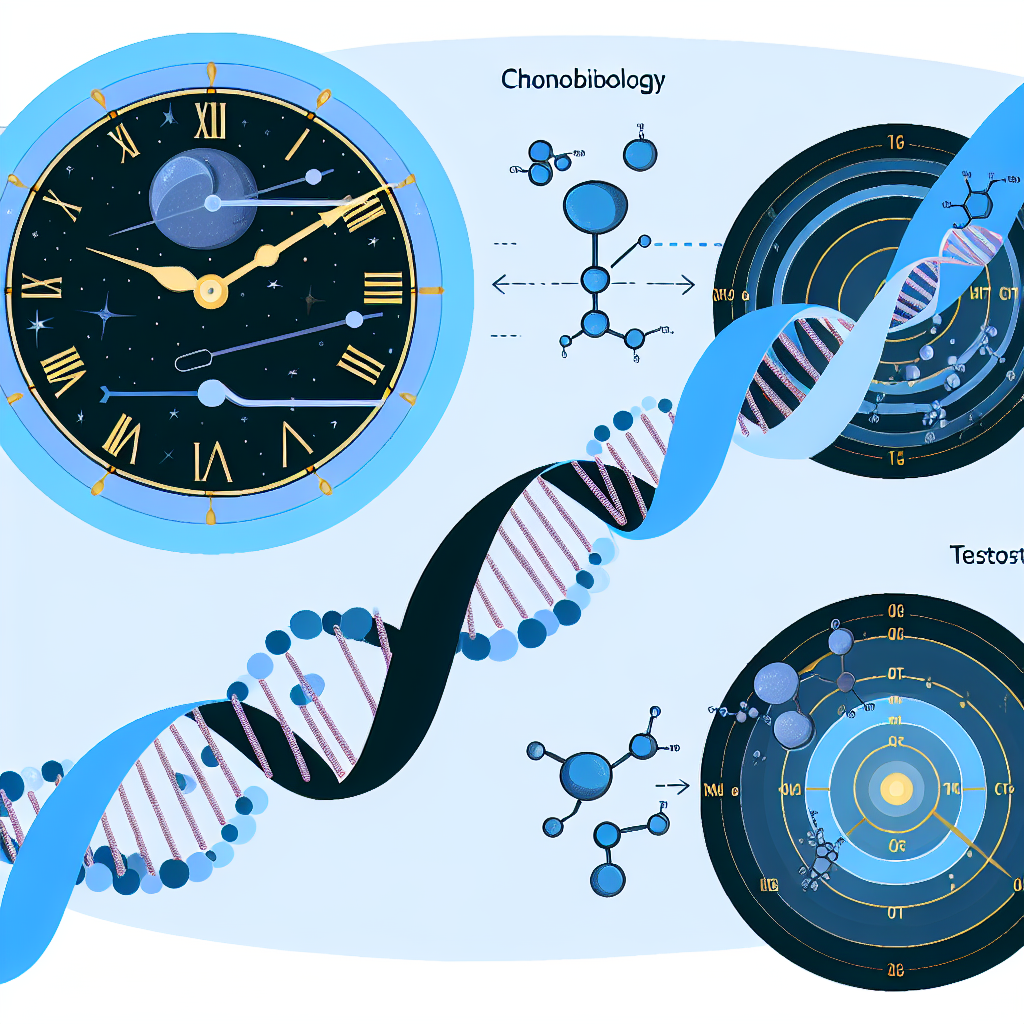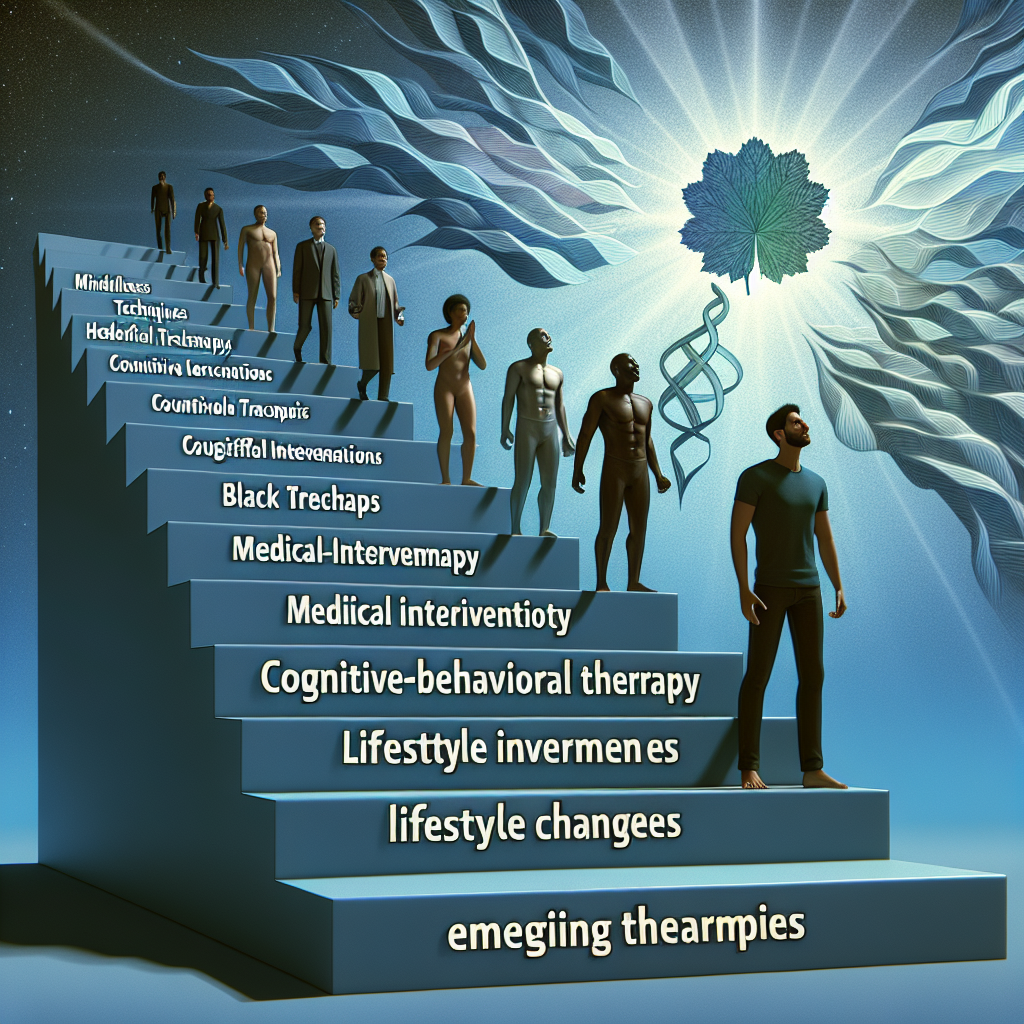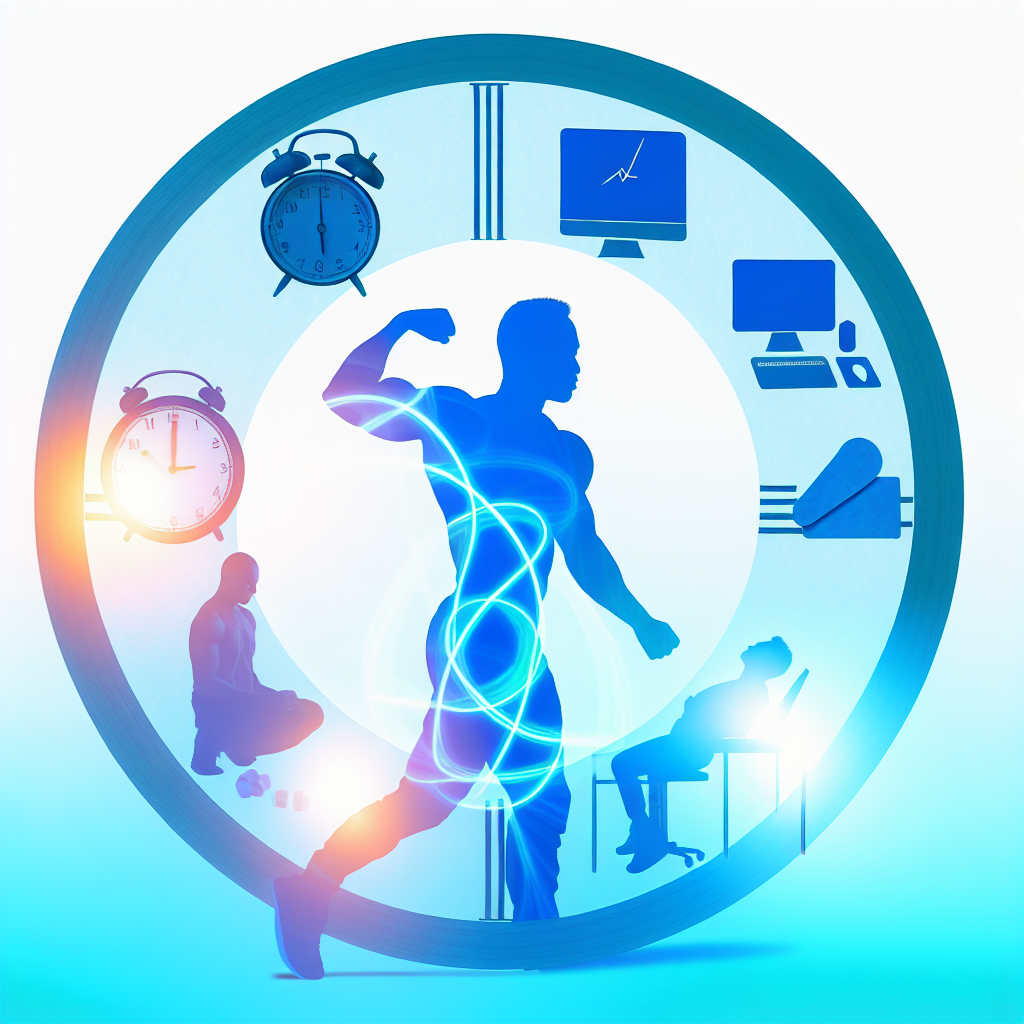ED Recovery: Post-Treatment Guide
Navigating Life After Erectile Dysfunction Treatment
Erectile dysfunction (ED) affects millions of men in the United States, from teenagers experiencing psychological-related ED to seniors dealing with age-related issues. It can stem from various causes, including stress, chronic health conditions, medication side effects, and lifestyle habits. Fortunately, numerous treatment options—ranging from medications like sildenafil (Viagra) and tadalafil (Cialis) to lifestyle modifications, penile implants, and shockwave therapy—have helped men regain their sexual health. However, the journey doesn’t end with treatment alone.
Recovery from ED is not just about restoring function but also about maintaining long-term sexual health and confidence. Post-treatment care involves addressing physical, emotional, and relationship aspects to ensure continued success. Many men grapple with concerns such as being able to perform consistently, overcoming fears of recurrence, and adjusting to any lingering side effects of treatment. These fears and anxieties are valid, but with the right strategies, men can enjoy lasting improvement.
Adapting to life after ED treatment requires patience, commitment, and a willingness to implement positive lifestyle changes. Regular exercise, a heart-healthy diet, stress management, and consistent medical follow-ups play a crucial role in maintaining erectile function. Additionally, open communication with partners, sex therapy, and professional counseling can help rebuild confidence and intimacy.
This post-treatment guide will provide a roadmap to ED recovery, discussing essential lifestyle changes, professional studies supporting recovery practices, and strategies to maintain results. Whether you are overcoming ED in your 20s due to performance anxiety or addressing vascular issues in your 70s, this guide will help you take proactive steps toward sustained improvement. Understanding the science behind recovery, engaging in evidence-based approaches, and adopting a proactive mindset can maximize your success and help you regain control over your sexual health.
Medical Studies and Research on ED Recovery
Scientific research has provided valuable insights into the best approaches for restoring and sustaining erectile function post-treatment. Studies have shown that a combination of factors—medical treatments, lifestyle adjustments, and psychological therapy—can significantly enhance recovery.
Transform Your Sexual Health with Lifestyle Changes
A landmark study published in The Journal of Sexual Medicine found that men who adopted a heart-healthy lifestyle saw considerable improvements in erectile function. The study analyzed men with mild to moderate ED and found that those who engaged in regular exercise, maintained a nutritious diet, and cut back on smoking and alcohol use experienced notable recovery without the need for continuous medication use ([Esposito et al., 2009](https://pubmed.ncbi.nlm.nih.gov/19341487/)).
Strengthen Your Erections with Pelvic Floor Therapy
Pelvic floor exercises, commonly referred to as Kegels, are one of the most effective non-invasive methods to enhance erectile function. A study published in BJU International found that men with ED who performed pelvic exercises regularly over a 6-month period experienced a 40% improvement in erectile function. These exercises strengthen the muscles that control blood flow to the penis, enhancing rigidity and maintaining longer-lasting erections ([Dorey et al., 2005](https://pubmed.ncbi.nlm.nih.gov/15877743/)).
Overcome Performance Anxiety with Psychological Support
Men recovering from ED often experience performance anxiety and psychological stress that can hinder full recovery. Research in the journal Archives of Sexual Behavior suggests that cognitive-behavioral therapy (CBT) and mindfulness-based sex therapy significantly improve erectile function and reduce performance-related stress. Studies have shown that men who engaged in therapy experienced a 30-50% improvement in sexual function after three to six months of treatment ([Bossio et al., 2018](https://pubmed.ncbi.nlm.nih.gov/30097808/)).
Harness the Power of Shockwave Therapy for Lasting Results
Low-intensity extracorporeal shockwave therapy (Li-ESWT) has gained traction as an innovative, non-invasive treatment for ED. Clinical trials published in The American Journal of Men’s Health demonstrated that Li-ESWT restored erectile function in men with vascular-related ED by enhancing blood flow and stimulating new blood vessel growth in penile tissue. Patients saw improvements lasting up to one year following treatment, making it a promising long-term recovery option ([Gruenwald, 2013](https://pubmed.ncbi.nlm.nih.gov/23733148/)).
Stay on Track with Proper Medication Adherence
For men using phosphodiesterase type 5 inhibitors (PDE5 inhibitors) like Viagra or Cialis, research suggests that treatment adherence plays a crucial role in prolonged recovery. A study in The International Journal of Impotence Research found that men who followed their prescribed medication plan and supplemented with healthy lifestyle habits had a higher success rate in maintaining erectile function compared to those who relied solely on medication ([Montorsi et al., 2004](https://pubmed.ncbi.nlm.nih.gov/14973554/)).
Conclusion: Moving Forward with Confidence in Your Sexual Health
Recovering from erectile dysfunction is a multi-faceted journey that goes beyond medical treatments alone. By incorporating evidence-based strategies, men can regain sexual function, enhance intimacy, and maintain erections for the long term. Research supports the effectiveness of lifestyle modifications, pelvic floor exercises, psychological support, and advanced therapies like shockwave treatment in promoting sustained recovery.
The key to post-treatment success is consistency. Regular exercise, a heart-friendly diet, and stress management are essential pillars of ED recovery. Open communication with partners, mental health professionals, and medical experts can help address both emotional and physiological concerns that may arise after treatment. While setbacks can occur, proactive adjustments and adherence to medical recommendations can ensure lasting improvement.
Ultimately, ED recovery is not just about treating symptoms—it’s about adopting a healthier lifestyle and maintaining sexual wellness. Whether you’re in your 20s navigating stress-related ED or in your 70s managing age-related changes, there are scientifically supported ways to maintain erectile health and confidence. By prioritizing self-care, medical follow-ups, and emotional well-being, men can rebuild their sexual vitality and enjoy a fulfilling, active life.
Summary: This guide provides a comprehensive roadmap for men to navigate life after erectile dysfunction (ED) treatment. It explores the latest medical research on effective recovery strategies, including lifestyle changes, pelvic floor therapy, psychological support, and advanced treatments like shockwave therapy. By adopting a proactive, evidence-based approach, men can regain sexual function, enhance intimacy, and maintain long-term erectile health and confidence.

Dominic E. is a passionate filmmaker navigating the exciting intersection of art and science. By day, he delves into the complexities of the human body as a full-time medical writer, meticulously translating intricate medical concepts into accessible and engaging narratives. By night, he explores the boundless realm of cinematic storytelling, crafting narratives that evoke emotion and challenge perspectives. Film Student and Full-time Medical Writer for ContentVendor.com



